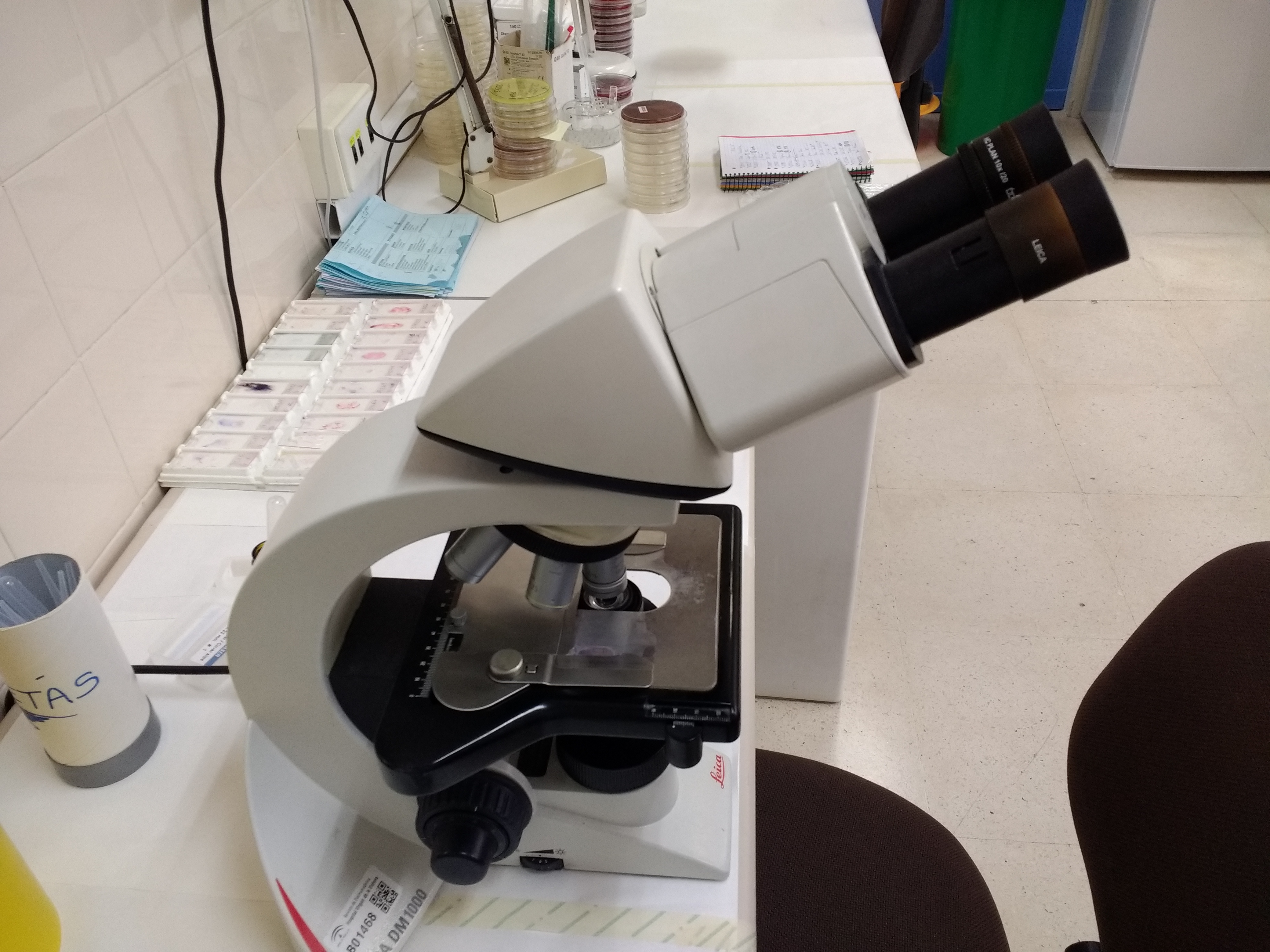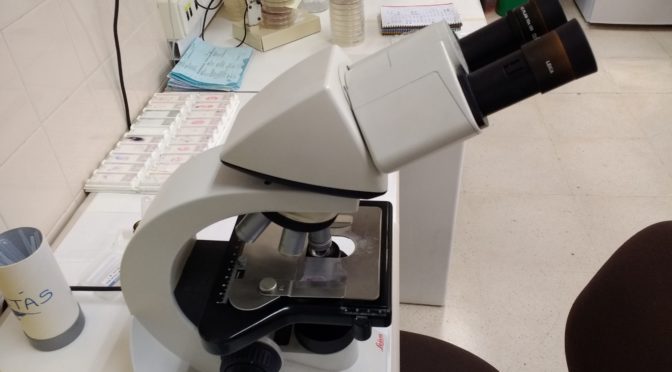A silent enemy that you have to look for. Without symptoms there is no diagnosis

CLINICAL CASE
Patient: A 68-year-old male patient, with high blood pressure under control
Previous Diagnosis: Follicular lymphoma (2013) stage IIA, treated with chemotherapy, three years ago. He had two recurrences rescued with chemotherapy and a third one spreading to the nodes and bone marrow.
Clinical Summary: the first time that we saw the patient he was sick, with mild fever, weight loss and asthenia. The physical examination showed the presence of enlarged nodes in several territories (cervical, supraclavicular, axilar, inguinal) and mild conjuntival ictericia.
A new nodal biopsy changed the histological diagnosis from an original follicular lymphoma to a mantle lymphoma.
Lab Test: Hemoglobin and creatinine were normal. Alanine transaminase: 1552; Aspartate transaminase: 1145; total bilirrubin:4,6 (normal range 1,5). Protrombin level: 52%. Serology: Hepatitis B and hepatitis C: negative. Hepatitis A: Immunoglobulin G positive. Cytomegalovirus(CMV): Ig M and Ig G levels increased.
Radiological studies: Hepatic ultrasound and Doppler were normal.
CLINICAL EVOLUTION
The patient was alert but progressively his conscious was deteriorating in relation to liver insufficiency. At that time a decision about a treatment was mandatory.
CLINICAL JUDGMENT
Within the medical team, the following diagnostic possibilities were considered:
. Liver toxicity related to drugs or herbal substances , a possibility suggested by an oncologist.
.Another doctor directly exposed his opinion about liver infiltration by lymphoma, suggesting to start chemotherapy.
.A consultation with an Internal Medicine specialist rise the importance of a CMV infection, after looking at the IgM and IgG levels.
ACTIONS TAKEN
The patient started treatment for the hepatic insufficiency with laxatives, enema, albumin, intravenous nutrition and phytomenadione, improving his conscious and general situation, but not enough fit to start a new chemotherapy treatment.
CLINICAL JUDGMENT ANALISIS
.Representation heuristics: A medical oncologist is prone to associated a liver failure with drug toxicity or neoplastic infiltration, because this is the usual situation in most of the patients. Probably a medical oncologist or hematologist will think also in the CMV possibility, because they know that in an immunocompromised patient hepatitis and CMV virus can reactivate.
.An internal Medicine specialist works usually with a broad differential and they have seen the whole spectrum of infectious diseases. CMV infection or reactivation is not a rare situation when they have to deal with HIV patients or other immunodeficiency.
NO SYMPTOMS, NO DIAGNOSIS
CMV infection is usually latent. Only under special situations as immunodeficiency the virus spread to different parts of the body and can be detected. One external area in the body where the consequences of the infection can be seen is in the retinal area. Asthenia is the most common sign for CMV infection, a symptom present in the whole oncological patient population.
CONCLUSIONS
1 Details are very important. To know the significance of a high CMV IgM level was key in this patient.
- A broad differential diagnosis increase patient safety.
- Working as a team with other medical specialists can be definitive to reach to a correct answer for the problem of the patient.
- Viral infections are difficult to diagnose if we don´t think about them. They usually have scarce symptoms and in many occasions, these symptoms are unespecific or shared by many other pathological entities.



